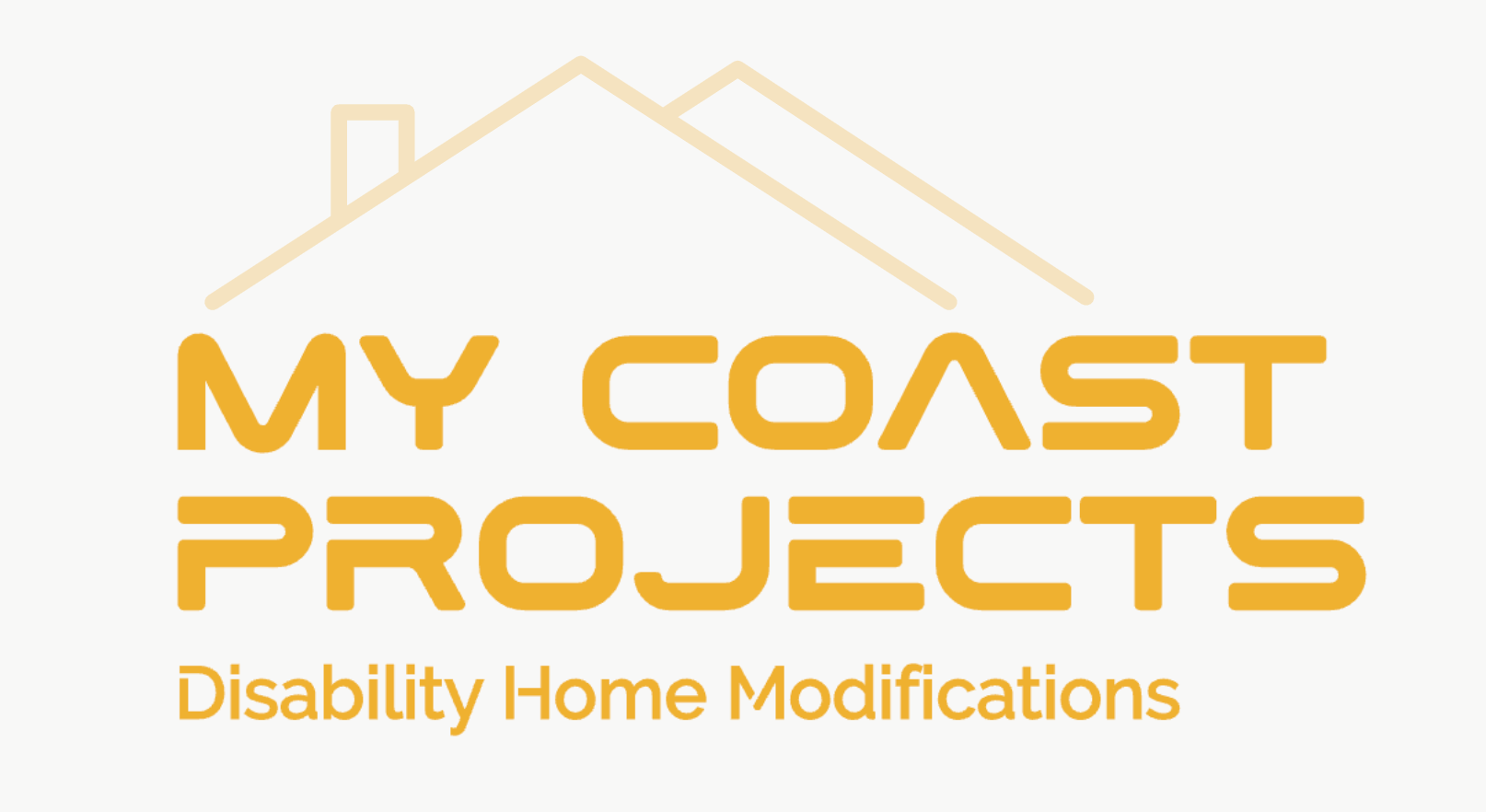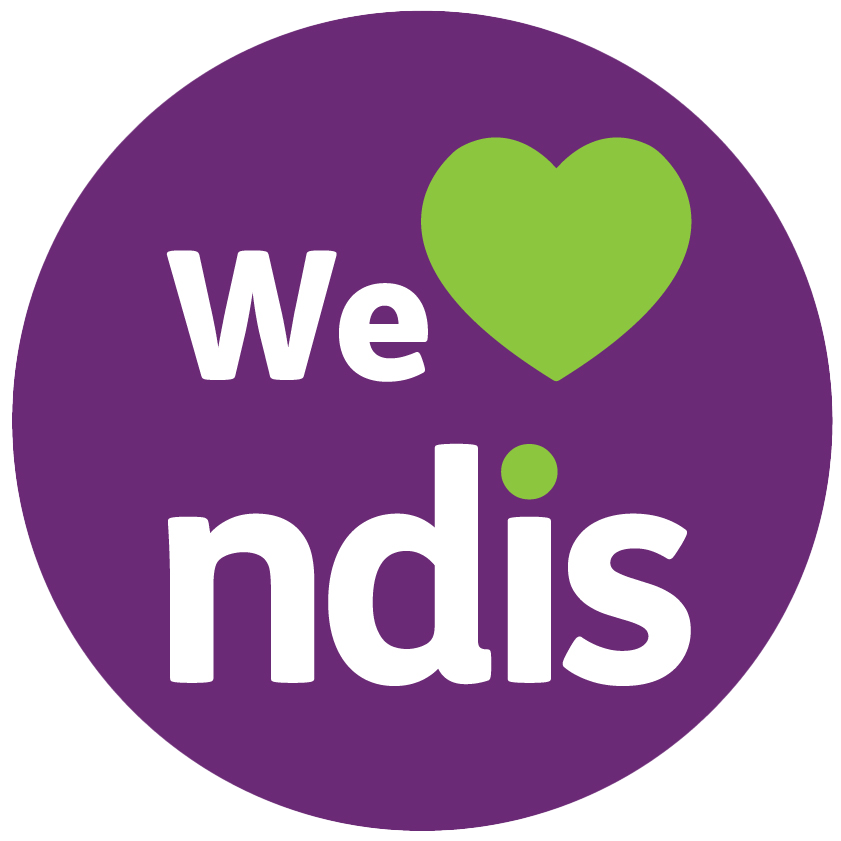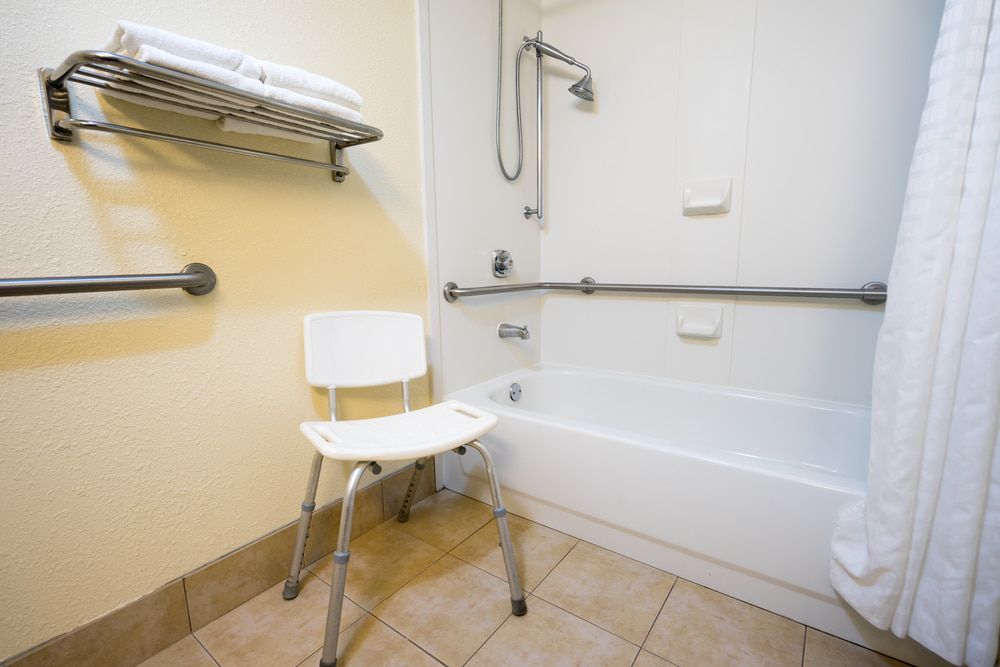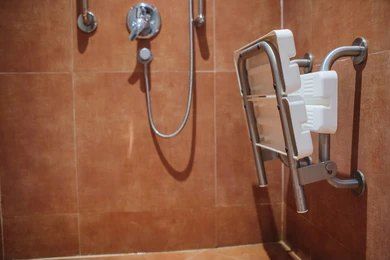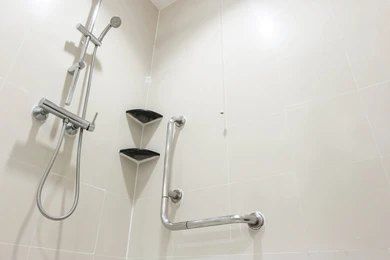Minor Home Modifications on the Central Coast
Most of the home changes we provide fall under Minor Home Modifications, customised adjustments that improve safety, access, and independence around the home without major structural work. These are typically lower in complexity and cost, and often include one or two areas of the home.
They can include adjustments to kitchens, bathrooms, doorways, and other access points, as well as the installation of ramps, grab rails, and other safety features. All modifications are tailored to your needs and may be guided by your occupational therapist's recommendations.
The NDIS generally considers minor modifications to be those under $20,000 and groups them into two categories based on cost and complexity.
Talk to us about your requirements
Creating Accessible & Functional Bathrooms
A bathroom should be a space that supports safety and ease of use for everyone in the home. At My Coast Projects, we provide NDIS bathroom renovations across the Central Coast and surrounding areas, focusing on modifications that align with accessibility needs.
Adjustments may include installing grab rails, step-free showers, and non-slip flooring to improve mobility and functionality. Each renovation is approached with careful planning to ensure the layout and fixtures suit individual requirements.
Whether adapting an ensuite or a shared bathroom, modifications are made with the existing space in mind. Our work aligns with NDIS guidelines for home modifications, ensuring compliance with relevant accessibility standards.
- Modifications follow NDIS home modification guidelines
- Solutions are tailored to suit individual mobility needs and existing bathroom layouts
For more information about disability bathroom renovations, email us today on admin@mycoastprojects.com.au.
Bathroom Modifications to Consider
Bathrooms often require specific changes to improve accessibility and ease of movement. Common modifications include:
- Installing grab rails for additional support
- Adjusting sink & toilet heights for accessibility
- Reconfiguring layouts for improved circulation space
- Adding step-free showers to enhance mobility
- Using non-slip flooring to reduce hazards
- Ensuring proper waterproofing & drainage solutions
Each home has different requirements, and modifications will depend on the available space and individual needs. Understanding the structural elements of a bathroom is important when planning changes, as existing plumbing and layout considerations can influence renovation options.
Our renovations follow NDIS home modification criteria, ensuring that changes meet necessary standards. If you are considering a bathroom renovation for accessibility needs, get in touch to discuss available options.
Frequently Asked Questions
What are common modifications in a disability bathroom renovation?
Disability bathroom renovations may include installing grab rails, step-free showers, accessible toilets, and non-slip flooring. Other modifications can involve adjusting sink heights, widening doorways, and ensuring proper waterproofing to support mobility and accessibility needs. Some renovations may also include smart technology, such as sensor-activated taps and lighting, to enhance usability for individuals with mobility impairments.
How do NDIS guidelines affect bathroom modifications?
NDIS guidelines determine what modifications may be considered for funding based on individual needs. Renovations must align with accessibility standards and be deemed reasonable and necessary to improve mobility and ease of use within the home. The NDIS typically funds modifications that enhance safety, increase independence, and support functional daily living. An assessment from an occupational therapist or home modification assessor is usually required to confirm eligibility for NDIS-funded changes.
Do disability bathroom renovations require council approval?
Some structural modifications, such as widening doorways, altering plumbing, or installing a step-free shower, may require council approval or building permits. Regulations vary depending on location, so it is advisable to check with the relevant local authorities. Engaging a qualified builder who understands accessibility codes and local building requirements can help ensure compliance with necessary regulations and approvals.
